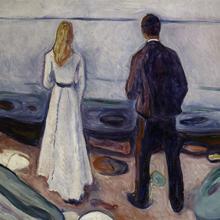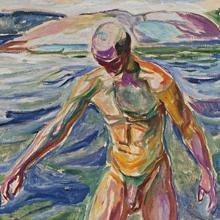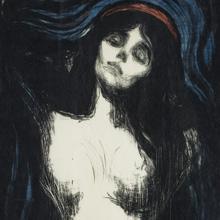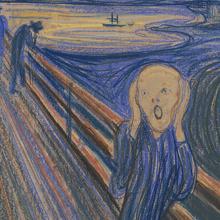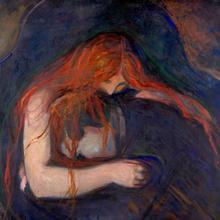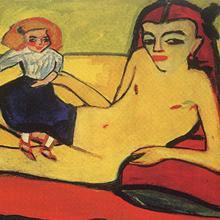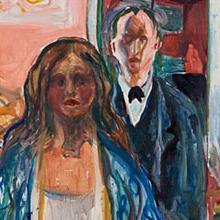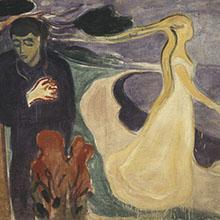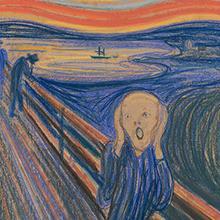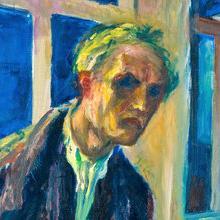News
“The Scream” is an adrenaline rush, a shot of angst that goes straight to the heart. And although its existentialist spirit is not unique among Munch’s oeuvre, its delivery system—art as fast food—is rather unusual.
Norwegian painter Edvard Munch may be best known for The Scream, but independent scholar and curator Jill Lloyd reveals how he influenced contemporary art. [read the article]
Munch was not only a beneficiary of Germany’s thriving art scene.
A refreshing exhibition that gives us the two sides of Munch. We see both the anxious artist who was "fundamentally pessimistic" about the relationships between men and women, and also the painter of self-assured pictures.
Edvard Munch’s portrait of existential angst is the second most famous image in art history – but why? Alastair Sooke tells its story. [read the article]
The Neue Galerie's superb new exhibition puts Munch in the context of the artists who followed him, and goes beyond the star power of a single piece to note his role in transforming avant-garde art at the turn of the 20th century.
"Munch and Expressionism,” an exciting new show at the Neue Galerie, settles his one textbook claim to historical consequence: he is the father of the most important modern movement in German art.
Edvard Munch remains best-known for his “Scream,” an image that can rival the Mona Lisa for mass popularity. But Munch was much more than a one-hit wonder.
Heartbreaking, naughty, and unnerving, it’s a show for anyone who’s ever felt anything deeply and sought confirmation that others have felt it, too. [read the article]
Visit Oslo in midwinter and high summer and you’ll know the atmospheric sources of Edvard Munch’s art: barely broken darkness, and sunlight you can’t escape.


